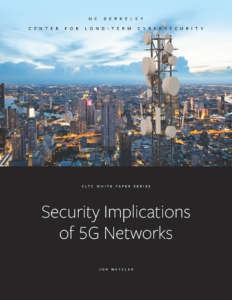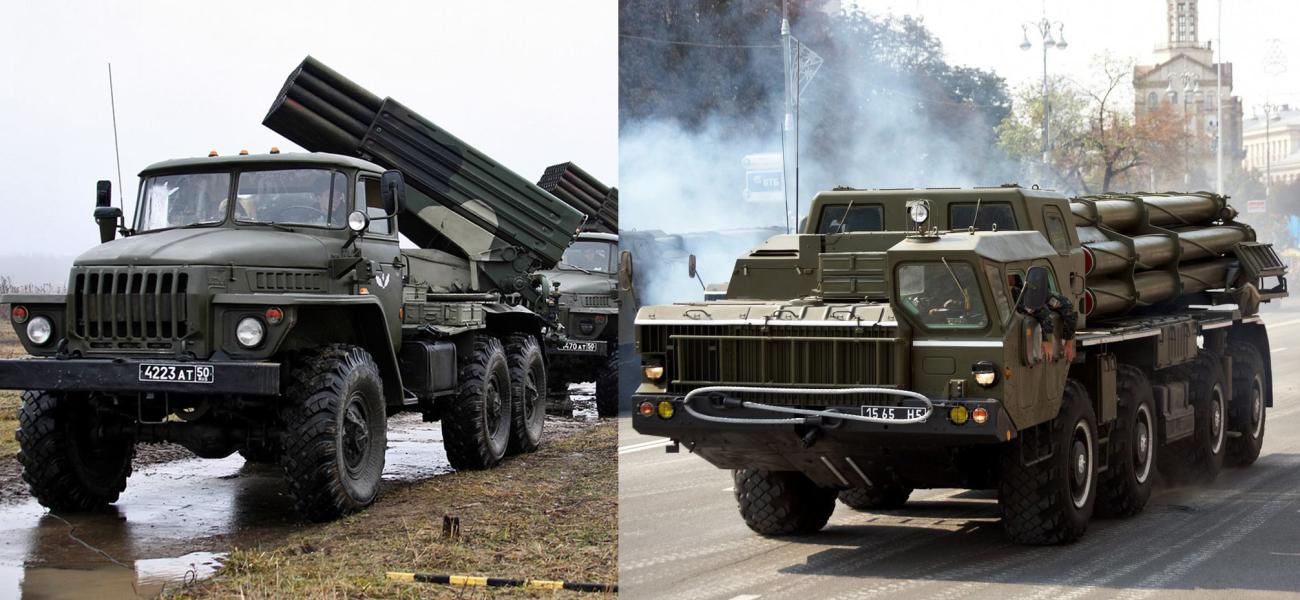Nadia Dohadwala, Muhammad Bin Khalid, Karthik Nachiappan
For decdes, Pakistan has depended on the International Monetary Fund (IMF) to fill economic gaps as crises erupt. What binds both entities? Will this persistent dependency continue post COVID-‐19 or will a self-‐reliant growth model emerge? This paper focuses on the last three packages (in 2008, 2013 and 2019) provided by the Fund to identify the continuities that compel the recent Pakistani governments to seek IMF assistance.
Introduction
Pakistan’s relationship with the International Monetary Fund (IMF) dates back to the 1950s. The IMF manages the international monetary system by assisting member countries address their balance of payment issues. This assistance comes mainly through either short-‐term loans under its Standby Agreement (SBA) or medium-‐to-‐long-‐term loans under its Extended Fund Facility (EFF). Both packages come with conditionalities. Pakistan, over the years, has relied on IMF assistance to paper over economic dips that have followed cyclical growth spurts. Two factors are largely responsible for Islamabad’s requests to the IMF for financial assistance – current account deficits and fiscal mismanagement.
Pakistan-IMF Packages, 2008-2020
The 2008 Bailout








